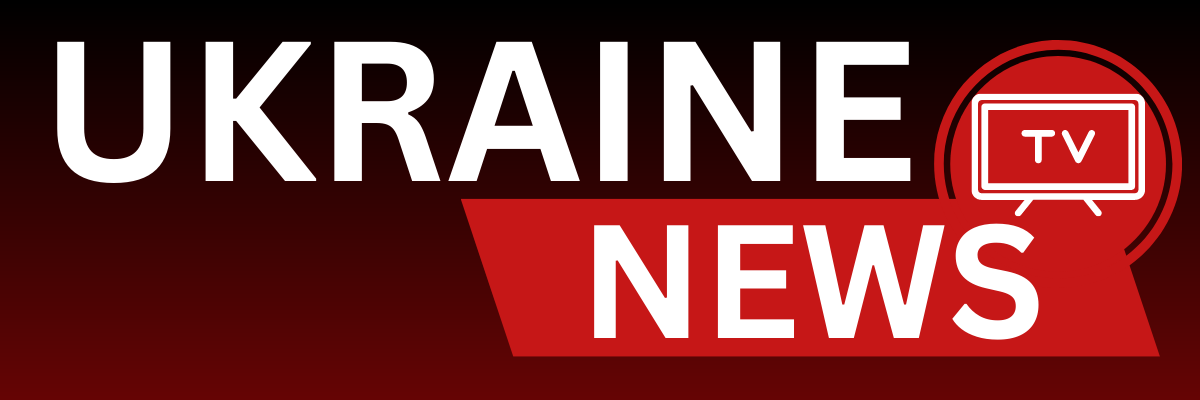The events surrounding the Doha strike have exposed two contradictory faces of American policy in the Middle East: the diplomat and the predator. One face, represented by an envoy delivering a peace proposal, offers dialogue and a path to de-escalation. The other, represented by the alleged “green light” for a drone strike or bombing, endorses lethal force as the ultimate arbiter.
This duality was on full display this week. The Trump-backed initiative to broker a ceasefire in Gaza appeared to be a genuine, if challenging, diplomatic effort. It brought the key parties to the negotiating table in Doha, creating a space for potential compromise. This is the traditional face of U.S. power, leveraging its influence to mediate and resolve conflicts.
Simultaneously, however, the other face was at work. The report that Donald Trump personally authorized the Israeli attack on the very same negotiators reveals a policy where diplomacy is backed not by trust, but by a loaded gun. It suggests that the peace process was conditional, and its failure would be met with immediate and deadly force, a classic “speak softly and carry a big stick” approach, but with the stick used on the negotiators themselves.
This two-faced strategy risks being perceived as profound treachery, undermining America’s credibility as a mediator. Allies and adversaries alike will now question the true intent behind any U.S.-led diplomatic overture, wondering if the hand of peace is merely a distraction for the hand that guides the drone.

